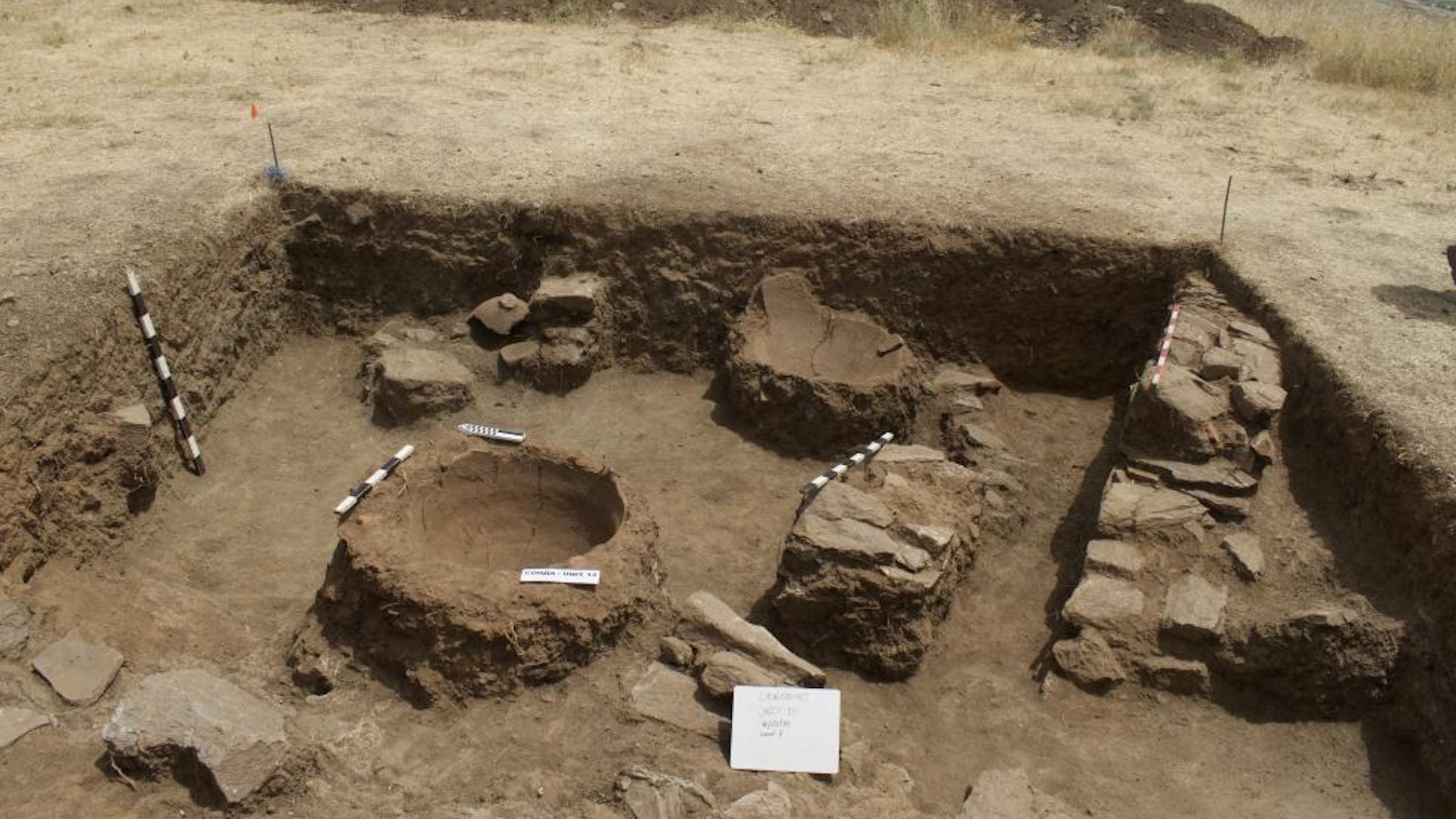Australia plans to cull over 10,000 wild horses, but scientists say it's not enough
Scientists criticize the plan for leaving too many remaining horses.

Wildlife officials plan to kill or rehome more than 10,000 wild horses in Australia as part of a new plan to limit the species' numbers. But scientists have criticized the proposal for not going far enough.
There are more than 25,000 wild, or feral, horses in Australia, based on a 2019 aerial survey, according to Australian Alps National Parks. A majority of these horses, also known locally as brumbies, live in Australia's alpine region, located at the intersection of three states: New South Wales (NSW), Victoria and the Australian Capital Territory.
Australia's alpine environment covers just 1% of the continent and has many endemic and threatened species that are found nowhere else, David Watson, an ecologist at Charles Sturt University in Australia, told Nature. The horses, which are an invasive species in Australia, rapidly reproduce and cause widespread ecosystem damage in that region.
One area under particular threat is Kosciuszko National Park in NSW, which is home to more than 14,000 wild horses. A new draft plan, released Oct. 1 by the National Parks and Wildlife Service in NSW, aims to reduce the number of feral horses in Kosciuszko National Park to 3,000. That thinned population would then be contained to 32% of the park. Officials say the plan will safeguard the area while preserving the brumbies' "heritage value" — a controversial concept introduced by a 2018 state law that identifies brumbies as culturally important to the park, despite being introduced to the area by European settlers.
Related: 8 of the world's most endangered places
However, in an open letter released Oct. 29, 69 scientists from the Australian Academy of Science argue that the draft plan leaves too many remaining brumbies and will not properly protect the park from their impacts. The scientists say officials are bending to the will of pro-brumby lobbyists and are ignoring the scientific evidence.
Officials need to "listen to the science, the latest evidence and recommendations on how best to protect the park from the significant damage being done by feral horses," John Shine, president of the Australian Academy of Science, said in a statement. "To do otherwise would show a disregard for the threatened native Australian ecosystems and species facing imminent extinction and under threat by feral horses."
Sign up for the Live Science daily newsletter now
Get the world’s most fascinating discoveries delivered straight to your inbox.
In the letter, the scientists urged the National Parks and Wildlife Service to reduce the number of brumbies to "well below" the proposed 3,000 and to protect the entire park from the animals rather than just two-thirds of it.

The NSW government "couldn't have picked a worse place" to allow feral horses to roam, Watson told Nature. Australia's alpine region is home to a number of endangered and vulnerable species, including the stocky galaxias fish (Galaxias tantangara), the alpine tree frog (Litoria verreauxii alpina) and the broad-toothed rat (Mastacomys fuscus), Nature reported. There are no indigenous hoofed mammals in Australia, so the brumbies also cause a lot of damage to delicate vegetation that has not evolved to withstand them. Their population increase has also led to severe overgrazing.
"These areas are just too fragile to have large herbivores trampling around in them," Don Driscoll, an ecologist at Deakin University in Australia, told Nature.
The two other alpine states have taken a much stronger stance on wild horses. The Australian Capital Territory, which borders Kosciuszko National Park, has a zero-tolerance approach to wild horses and "removes" any that spill over its border. On Nov. 1, Victoria also released its own management plan, which aims to completely "remove" all wild horses from the state's most at-risk alpine habitats, according to ABC News in Australia.
The preferred method for removing brumbies from wild habitats is to rehome them on private land. But this is time-consuming and expensive, and only around 1,000 brumbies in NSW have been successfully rehomed since 2002, according to Nature. If that approach fails, officials plan to cull horses via aerial shooting, in which trained experts shoot the horses from helicopters.
In the open letter, the scientists pointed to a new study published Sept. 17 in the journal Biological Conservation that found that 71% of surveyed Australians agree that it is acceptable to cull animals to protect endangered species.
The brumby problem in Australia resembles an issue with overpopulated mustangs in national parks in the U.S., according to The New York Times. However, current legislation bans culling mustangs, so conservationists must rely on sterilization and rehoming in that instance.
Originally published on Live Science.

Harry is a U.K.-based senior staff writer at Live Science. He studied marine biology at the University of Exeter before training to become a journalist. He covers a wide range of topics including space exploration, planetary science, space weather, climate change, animal behavior and paleontology. His recent work on the solar maximum won "best space submission" at the 2024 Aerospace Media Awards and was shortlisted in the "top scoop" category at the NCTJ Awards for Excellence in 2023. He also writes Live Science's weekly Earth from space series.









